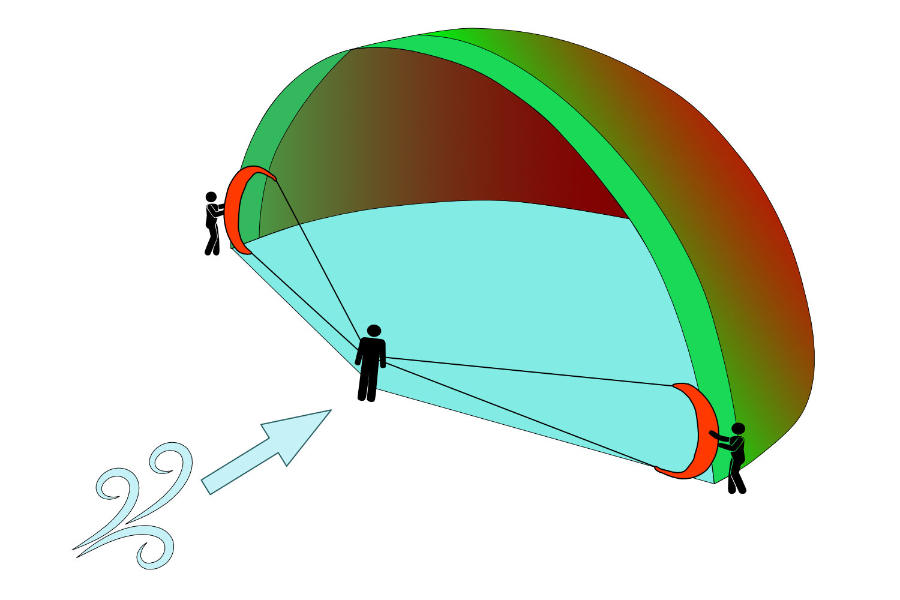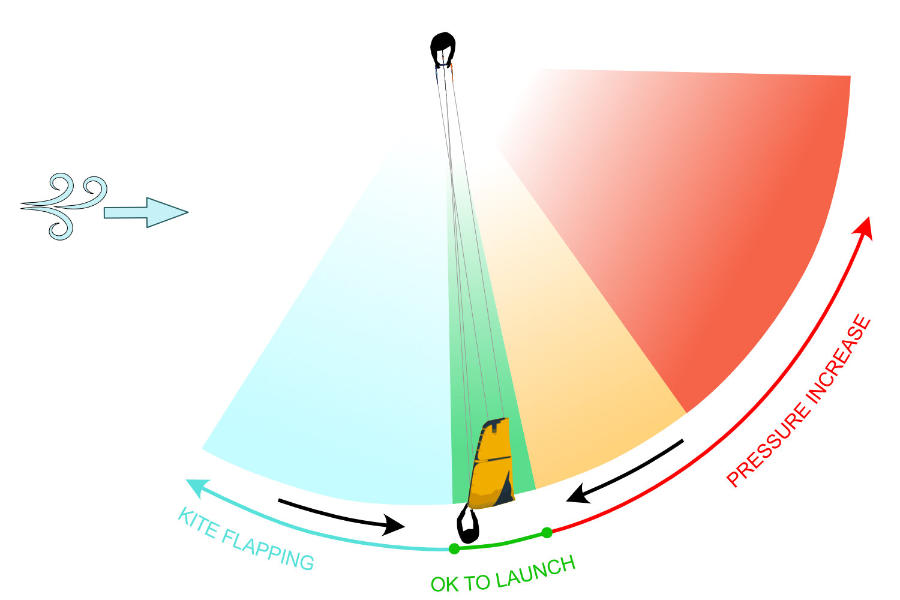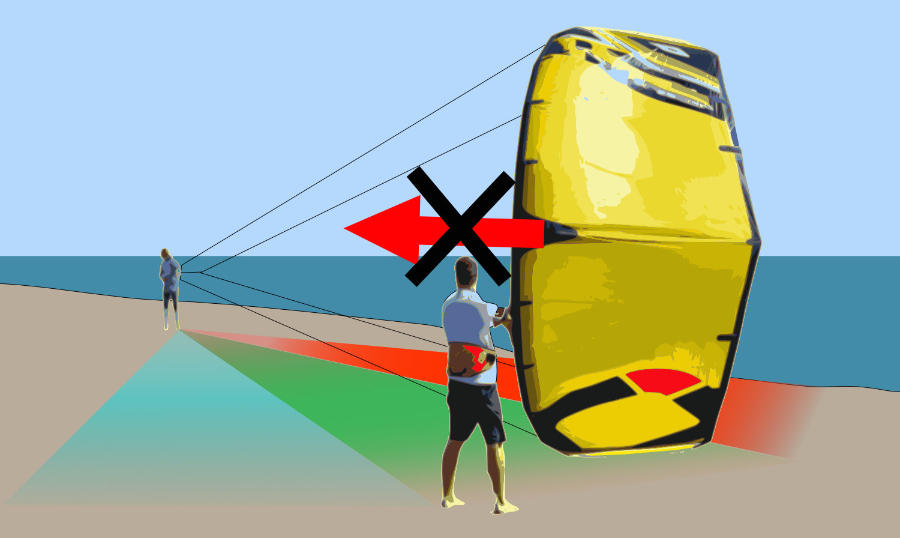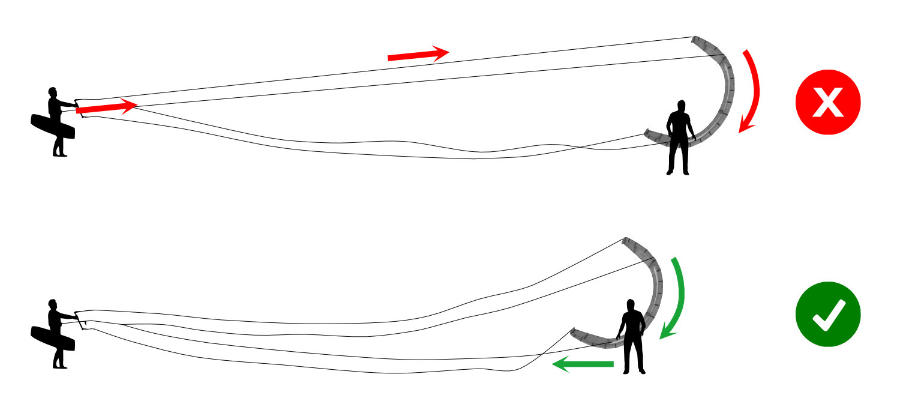Are You a Good Assistant for Kite Launches and Landings?
If you spend time at a kitesurfing beach, you see all kinds of kite launches. Some are done perfectly, others not so much. Whether you’re an experienced kiter or just learning, helping with a kite launch is important, especially when the conditions are tricky.
Even though many experienced kiters now prefer to launch their own kites, assisting others, especially beginners, is essential. Let’s look at some tips to make kite launches and landings smoother, and if you’re the one being helped, you might find my previous guide on assisted launches useful.
1. Check the Kite and Lines
The first thing you need to do is check the kite and lines. Make sure there are no tangles or incorrect connections. If something seems off, don’t go ahead with the launch, no matter what the pilot says. It’s also a good idea to check if the kite size matches the wind and rider’s weight. Once everything looks good, you can help with the launch.
2. Look for Obstacles Downwind
Next, check if there are people or obstacles downwind. This is something the pilot should also check, but beginners might miss important details. If the area is unsafe, don’t start the launch.

You should launch the kite at the edge of the wind window, keeping it high enough so it doesn’t touch the ground. Avoid holding the kite too close to the wingtips, as this can make it unstable. During our kite surfing lessons in Dubai we tend to explain this part over and over until it becomes very clear for our students.
Understanding the Wind Window
If you launch the kite too close to the power zone (the red area), you’ll feel a lot of pressure, and the pilot might struggle with too much power. If you launch it too far upwind, the kite might fall to the ground or drift back before suddenly pulling hard once it catches wind.
An experienced assistant knows how to find the right spot in the wind window. If the pilot is skilled, they’ll position themselves correctly, but beginners might need more help. Most kite surf schools tend to spend a lot of time explaining the window seen the importance for the students progress.
The Compass Method
One useful technique is the compass method. This involves keeping the kite lines taut, moving around the circle they form, and observing the kite’s behavior:
1. If the Kite Flaps: If the kite flaps like a flag, you’re probably too upwind. Move downwind until it stops flapping and has the right tension.

2 . If the Kite Pushes Hard: If the kite pushes you hard, you’re in the power zone. Move upwind to reduce the pressure and find the right spot for the launch.

Final Tips
When the kite surf rider gives the signal that they’re ready (a thumbs up or another agreed signal), let the kite go and step back. Don’t push the kite up and forward; this can send it out of the wind window and cause problems. your kite surf instructor will be making sure that you go through this process over and over during the kite surfing course.

During landing, catch the kite by the center of the leading edge and walk towards the pilot while positioning it from vertical to the ‘smile’ position. Avoid flipping the kite abruptly, as this can pull the rider unexpectedly.

Remember, if there’s any confusion or if communication is difficult, it’s better to put the kite back on the ground and sort things out.
I hope these tips help! Feel free to share your thoughts or any additional tips in the comments below.

